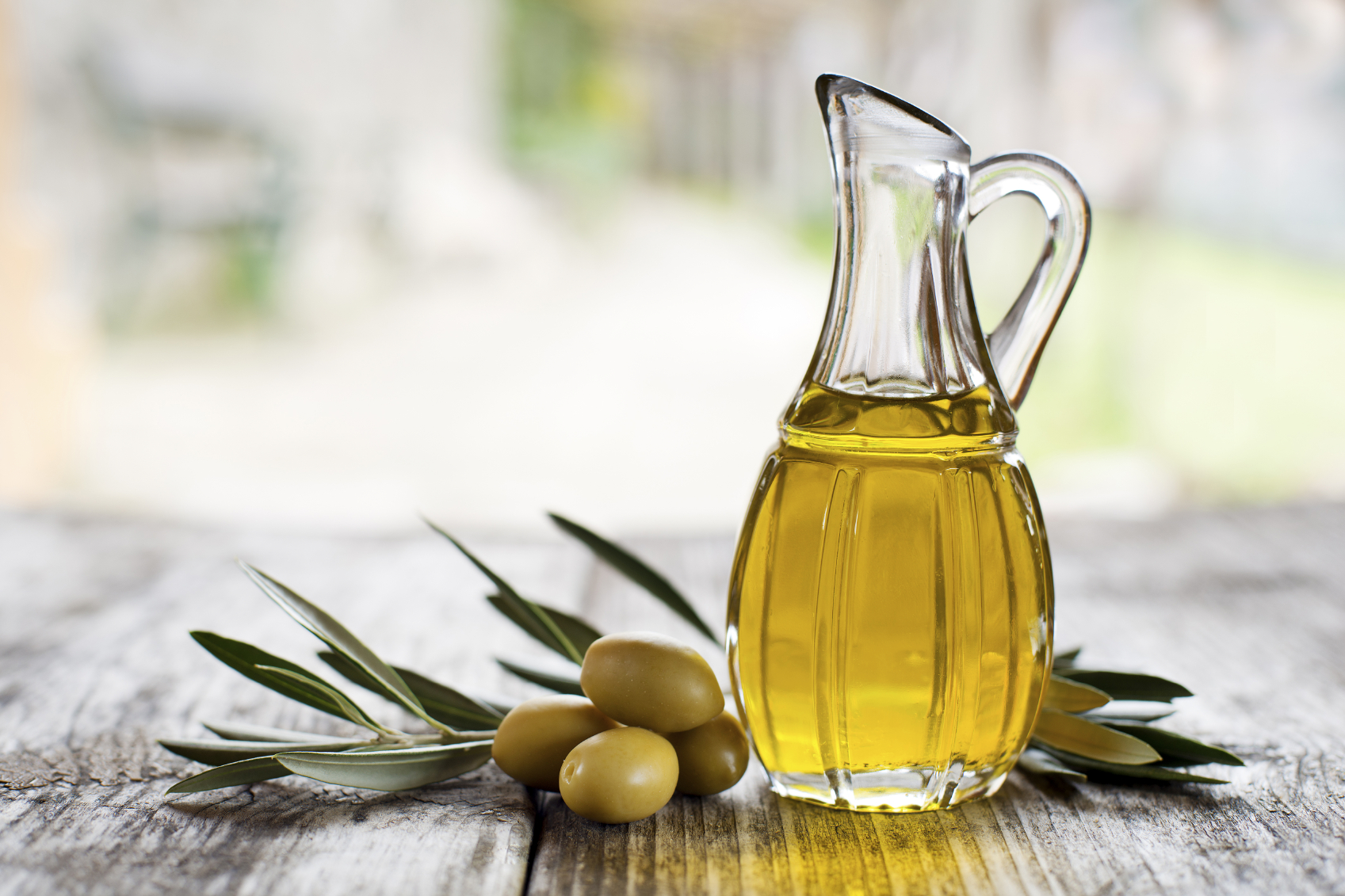Allergy Sufferers Could Be at Risk Due to Fraudulent Olive Oil Ingredients
By Julie E. Williamson
By now, we all know the merits of extra virgin olive oil (EVOO) – a key ingredient in Mediterranean diets and a heart-healthy, body-benefiting alternative to highly processed and potentially toxic vegetable oils. If you’re like me, you’ve boarded the EVOO bandwagon with both feet, buy the golden liquid in bulk and drizzle it over salads, roasted vegetables, air-popped corn, lean cuts of meat, hard-boiled eggs and virtually any other dish that graces your plate. And if you’re like me, you’ve also sought EVOO from Italy, the land we’ve all come to associate as the source of high-quality, delicious, antioxidant-rich EVOO.
So imagine my surprise and horror when I read the recent news reports charging that the overwhelming majority of so-called olive oil is really just some sad, highly-processed seed oil imposter. That’s right: according to the January 3, 2016, 60 Minutes report “Agromafia,” an estimated 75-80% (or more) of all EVOO imported to the U.S. from Italy is counterfeit. Turns out, the Mafia is making a killing on imitation EVOO. In fact, police officers in Italy nabbed 7,000 tons of the product in December alone – oil that, despite its Italy-made claims, originated in North Africa and was “deodorized with chemicals and rebranded” as EVOO; some oil was even contaminated with pesticides. In most cases, the imitation oil is largely comprised of sunflower or canola oil, and even those imposters that do contain a smidgen of olive oil are often not being made with “extra virgin.” When sunflower oil is used, chlorophyll is likely added to alter its color and make it appear legit.
Although this news of counterfeit EVOO is unsettling on a number of fronts (who wants to pay good money for a garbage product, after all?), those of us with food allergies should be downright incensed. I, for one, cannot and do not eat vegetable or canola oil, so ensuring that I’m actually buying and using high-quality EVOO is essential. As one expert on the 60 Minutes special asserted, “If you adulterate an extra virgin olive oil with seed oil and those bottles reach consumers who are allergic to seed oil, you are sending them bombs.”
Tips for picking the best
So what can we consumers do to prevent counterfeit EVOO from making their way into our homes and meals? For starters, pull out the EVOO in your kitchen and see where it’s made. If the bottle states it was bottled or packaged in Italy, you may want to be dubious because such claims offer no guarantee that the olives even originated from the country. In my case, we had two “bottled in Italy” versions in our pantry and I gave them to a neighbor who couldn’t care less whether the oil wasn’t actually EVOO. If you’re in need of replenishing your supply of EVOO, it’s probably best to avoid any oils simply bottled in Italy (unless it’s from a vendor that can verify the product’s purity and authenticity). Don’t automatically trust the big names, either. A number of household brands, including Whole Foods and Newman’s Own, didn’t pass muster when investigators put their ingredients to the test (that’s not to say they haven’t since taken steps to ensure their products’ purity; however, so it’s wise to do your own investigating).
A number of olive oil experts and food researchers recommend the following:
• Check for a seal of approval from the local or regional authority where the oil was bottled, as well as a harvest date (if the bottle in your hand doesn’t have those, experts say that could be a sign the oil may not be what it claims).
• Terrific EVOO can be produced all over the world (yes, Italy, too – certainly, not all producers have been over-run by the Mafia), but many experts recommend buying from smaller producers, whenever possible. For those of us in the United States, it may be wise to buy from domestic producers. California produces the lion’s share of olive oil in the U.S. and some studies from University of California-Davis show that Golden State EVOO is often, well, among the most golden.
• Test the oil by aroma and taste. Extra virgin olive oils can be anything from very delicate and mellow to quite bitter and pungent, and even their antioxidant levels can vary significantly. Determining the “best” EVOO by aroma and taste will often hinge on personal preference; one person may prefer a mellow, almost scentless variety, whereas, another may seek a stronger, bolder, even peppery taste and scent. One thing worth noting: EVOO should never smell sweet, rancid, fermented, musty, or overly acidic. If you come across one that does (or is even questionable), don’t buy/use it.
• Be aware that even a bottle labeled “extra virgin” doesn’t mean that accurately describes its contents. The California Olive Oil Council (COOC) certifies oils as extra virgin; however, so if you’re buying California EVOO, check for the COOC seal and try to buy oil from the most recent harvest.
• Don’t overlook product packaging – and be sure to store your EVOO properly. In the 2014 report, “Packaging Influences on Olive Oil Quality,” from the UC Davis Olive Center, it’s important to maximize shelf stability and choose oil with packaging material that prevents light and air penetration. Also, the Center states that oils should be stored in the dark at 61-64 F (16-18 °C). Ideally, an unopened bottle of high-quality EVOO will be used within one year from the time it was bottled; however, many experts believe unopened oil that’s been stored properly can last two years from the time it was bottled. Once a bottle’s seal has been broken, the oil should be used within several months. If the oil’s color changes (becomes lighter, for example), or the aroma and taste change, it’s time to toss it and buy a new bottle.
• If a bottle reads “pomace olive oil,” leave it on the shelf. According to the University of California-Davis, real olive oil is extracted from the fruit of the olive tree, without the use of solvent extraction or any other chemical processes. Pomace oil, on the other hand, is extracted from olive pomace (the byproduct of the extraction process of the original olive oil). This process involves the use of solvents or other chemical processes. In other words, pomace oil is not high quality and it’s certainly not pure.
• Last, but not least, if you’re an allergy sufferer and can’t confidently verify that your EVOO is the real deal, don’t take a risk by buying/eating it. Also, if you switch brands, be sure to note your reaction(s) to the EVOO (I, for one, can be sensitive to certain brands, even those that are high quality. Brands that are more mellow in flavor tend to mix better with my sensitive system; however, each and every body is different, so it’s important to make the most informed purchasing decision based on your own experience). ![]()







